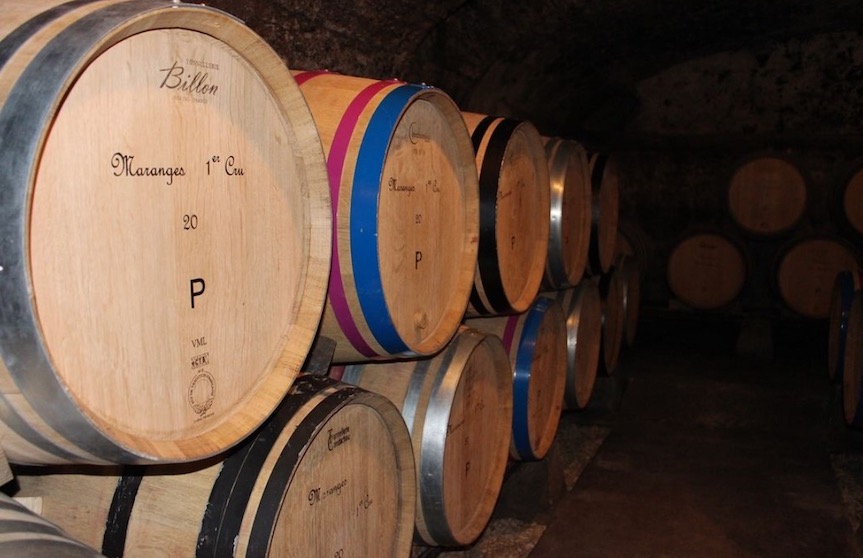Rédigé le 14/04/2022
Classer pour mieux décrypter

Lorsque l'on déguste un vin, en plus de prendre du plaisir à le boire, on peut également s'amuser à découvrir les différents arômes et le moins que l'on puisse dire, c'est que ces derniers sont extrêmement nombreux et font intégralement partie de la carte d'identité du vin.
En effet, ces derniers permettent également de comprendre l'histoire du vin mais aussi son origine.
Mais comprendre et démasquer tous les arômes peut s'avérer plus compliqué que prévu. Il y en a beaucoup et un palais peu affûté peut avoir du mal à les reconnaître.
Nous allons vous donner quelques astuces afin de les classifier pour ensuite mieux les identifiés. Il faut tout d'abord savoir que ces derniers se classent en trois catégories bien distinctes : les arômes primaires, les arômes secondaires puis les arômes tertiaires.
Ces derniers proviennent de la base de la production de vin, à savoir le cépage et le terroir. La pulpe et la pellicule des raisins contiennent de nombreux composés organiques et une partie d'entre eux sont aromatiques et donnent donc un certain goût au vin. Mais ce n'est pas tout. Cela est également accentué par le sol et les conditions climatiques qui vont influer sur les arômes déjà présents dans le vin et en faire naître de nouveaux. De ce fait, on distingue deux catégories :
- les arômes variétaux libres de rang, déjà odorants
- les précurseurs d'arômes qui vont eux se développer lors de la fermentation
Une fois cette première étape passée naissent les arômes secondaires. Ces derniers voient le jour lors de la fermentation
alcoolique ou
malolactique grâce à l'activité des levures et des bactéries. Elles assimilent les nutriments du moût (sucres et acides aminés) et les transforment en alcool ce qui donne lieu à de nouveaux arômes. Pour exemple, et sans aucun doute l'un des plus connus, la banane est un arôme fruité qui naît de la fermentation alcoolique. Cela se retrouve également dans l
es vins de Bourgogne, la fermentation malolactique va apporter de la rondeur au vin avec
l'apparition d'arômes briochés et beurrés.
C'est l'ultime étape qui donnera au vin son goût final, celle tout d'abord de l'élevage des vins en fûts. Lorsqu'ils entrent en contact, le bois et le vin donnent naissance à d'autres arômes dont le plus connu est celui de vanille, mais aussi des notes empyreumatiques comme le café, le caramel ou encore le pain grillé, ou encore des notes épicées. Cela va dépendre en fonction de la chauffe de la cuve et de la durée de l'élevage. Un fût qui aura subi une chauffe légère va développer des arômes de vanille, au contraire, une chauffe plus intense, d'amandes grillées.
Le vieillissement en bouteille va également avoir une incidence sur les arômes. Si ce dernier a lieu en bouteille, des arômes de fruits frais peuvent voir le jour.

